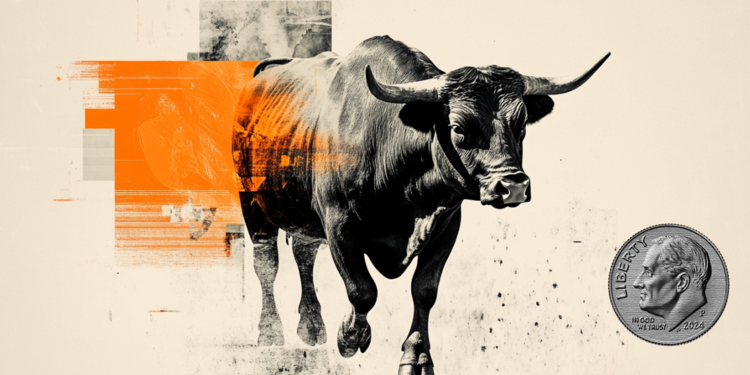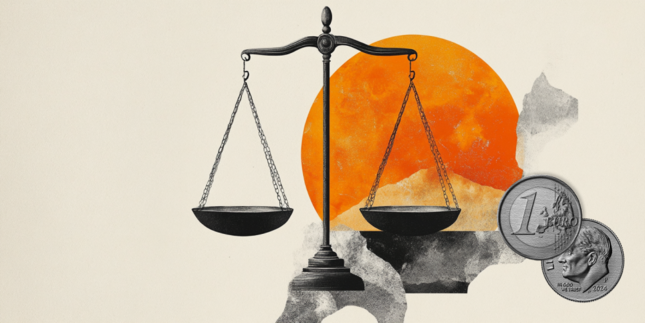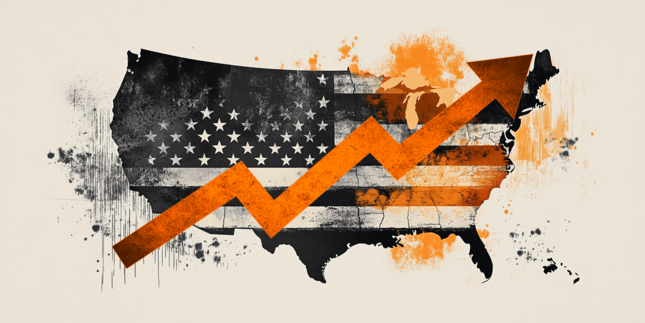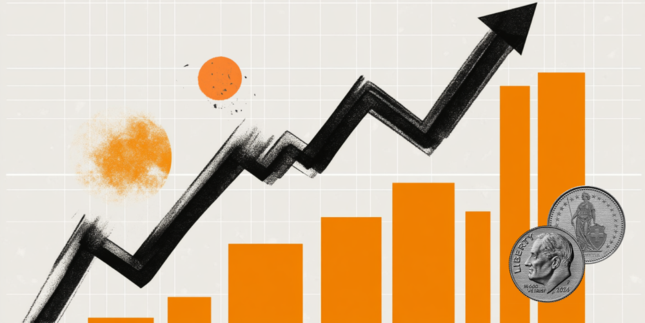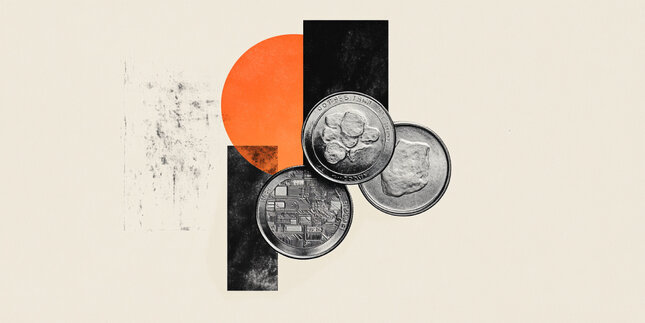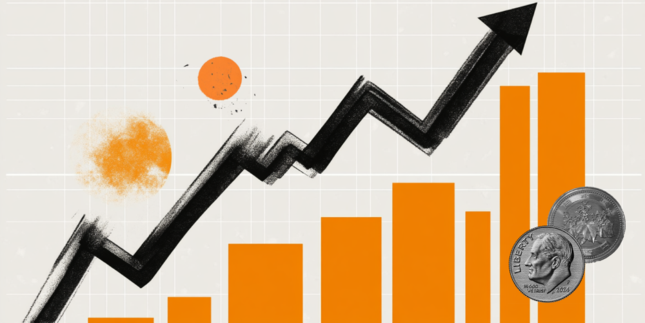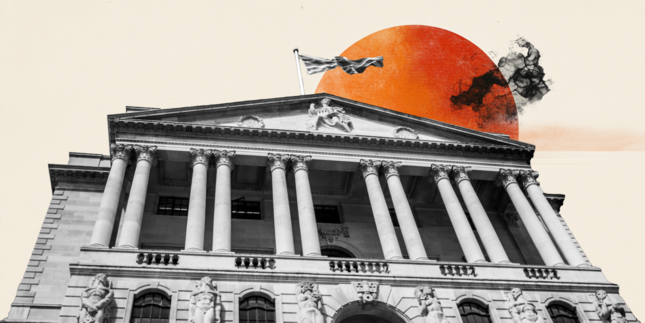USD/INR rises ahead of India’s GDP release
- The Indian Rupee softens in Friday’s early European session.
- Month-end USD demand and persistent foreign fund outflows weigh on the INR.
- Traders await India’s Q4 GDP data ahead of the US PCE inflation report, which will be released on Friday.
The Indian Rupee (INR) trades with mild losses amid the month-end US Dollar (USD) demand on Friday. The muted trend in domestic markets and persistent foreign fund outflows continue to weigh on investor sentiments, undermining the local currency. Furthermore, the latest tariff announcements from US President Donald Trump have sent shockwaves through global markets, strengthening the Greenback.
Any significant depreciation might be limited amid the likely intervention from the Reserve Bank of India (RBI) in the foreign exchange market via USD sales. Traders will keep an eye on India’s Gross Domestic Product (GDP) for the fourth quarter (Q4), which is due later on Friday. On the US docket, the Personal Consumption Expenditures (PCE) Price Index will be in the spotlight. Also, the Federal Reserve’s (Fed) Thomas Barkin is scheduled to speak later on the same day.
Indian Rupee remains weak amid foreign outflows and regional cues
- "We expect the rupee to trade with a negative bias on account of weakness in the domestic markets and sustained outflows by FIIs. Any further pullback in the US dollar may also pressurise the rupee. However, any intervention by the RBI and weakness in crude oil prices may support the rupee at lower levels," said Anuj Choudhary, Research Analyst at Mirae Asset Sharekhan.
- India's GDP is estimated to have grown 6.2% in the three months to December, according to a median estimate of economists surveyed by Bloomberg.
- Trump on Thursday said his proposed 25% tariffs on Mexican and Canadian goods will take effect on March 4, along with an additional 10% duty on Chinese imports because deadly drugs are still pouring into the US from those countries.
- The US Gross Domestic Product (GDP) expanded at an annual rate of 2.3% in the fourth quarter, according to the US Bureau of Economic Analysis (BEA) on Thursday. This figure matched the initial estimate and came in line with the market expectation.
- Philadelphia Fed President Patrick Harker on Thursday expressed support for continuing to hold the interest rate in the current range, which he believes will help get inflation back down to the Fed's 2% target but isn't hurting the job market or the economy more generally.
USD/INR paints a positive picture in the longer term
The Indian Rupee weakens on the day. The strong bullish outlook of the USD/INR pair remains intact as the price remains above the key 100-day Exponential Moving Average (EMA) on the daily timeframe. The upward momentum is supported by the 14-day Relative Strength Index (RSI), which stands above the midline near 63.35, suggesting that the support level is likely to hold rather than break.
The immediate resistance level for the pair emerges at 87.40, the high of February 27. Bullish candlesticks above this level could signal fresh buying demand, potentially pushing the price back to an all-time high near 88.00, en route to 88.50.
On the other hand, the initial support level for USD/INR is seen at 86.48, the low of February 21. If red candlesticks appear, the next stop might be 86.14, the low of January 27, followed by 85.65, the low of January 7.
Indian economy FAQs
The Indian economy has averaged a growth rate of 6.13% between 2006 and 2023, which makes it one of the fastest growing in the world. India’s high growth has attracted a lot of foreign investment. This includes Foreign Direct Investment (FDI) into physical projects and Foreign Indirect Investment (FII) by foreign funds into Indian financial markets. The greater the level of investment, the higher the demand for the Rupee (INR). Fluctuations in Dollar-demand from Indian importers also impact INR.
India has to import a great deal of its Oil and gasoline so the price of Oil can have a direct impact on the Rupee. Oil is mostly traded in US Dollars (USD) on international markets so if the price of Oil rises, aggregate demand for USD increases and Indian importers have to sell more Rupees to meet that demand, which is depreciative for the Rupee.
Inflation has a complex effect on the Rupee. Ultimately it indicates an increase in money supply which reduces the Rupee’s overall value. Yet if it rises above the Reserve Bank of India’s (RBI) 4% target, the RBI will raise interest rates to bring it down by reducing credit. Higher interest rates, especially real rates (the difference between interest rates and inflation) strengthen the Rupee. They make India a more profitable place for international investors to park their money. A fall in inflation can be supportive of the Rupee. At the same time lower interest rates can have a depreciatory effect on the Rupee.
India has run a trade deficit for most of its recent history, indicating its imports outweigh its exports. Since the majority of international trade takes place in US Dollars, there are times – due to seasonal demand or order glut – where the high volume of imports leads to significant US Dollar- demand. During these periods the Rupee can weaken as it is heavily sold to meet the demand for Dollars. When markets experience increased volatility, the demand for US Dollars can also shoot up with a similarly negative effect on the Rupee.
Forex News
Keep up with the financial markets, know what's happening and what is affecting the markets with our latest market updates. Analyze market movers, trends and build your trading strategies accordingly.
